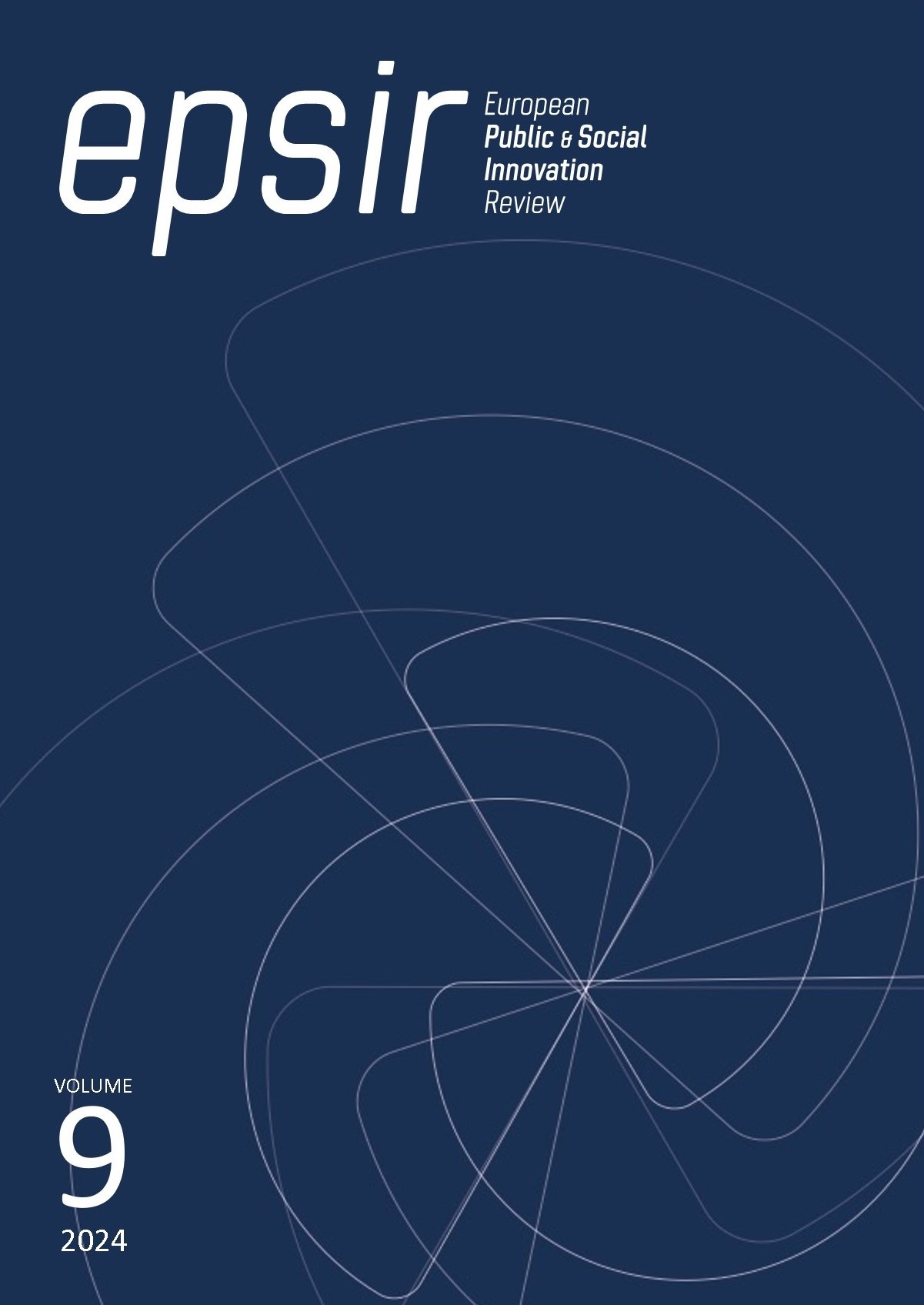Simulador con visión computacional para detección, seguimiento y cálculo de distancia de objetos en movimiento
DOI:
https://doi.org/10.31637/epsir-2024-812Palabras clave:
Visión Artificial, Detección de Colisiones, Aprendizaje Profundo, Inteligencia Artificial, Seguridad Vial, YOLO, Seguimiento de Objetos, Simulador de tráficoResumen
Introducción: En el marco de una investigación sobre sistemas de visión computacional para prevenir colisiones en motocicletas, se ha desarrollado un simulador digital que evalúa escenarios de tráfico relevantes. Metodología: El simulador analiza secuencias de video sintéticas de diversos entornos de tráfico mediante modelos de visión computacional. Utiliza el algoritmo YOLO, conocido por su velocidad y precisión en la detección de objetos, para identificar, clasificar y rastrear vehículos, peatones y otros objetos móviles. Resultados: El sistema es capaz de estimar la distancia euclidiana y proyectar la trayectoria de los elementos desde la perspectiva del piloto, replicando lo que captaría un sistema de visión en una motocicleta real. La adaptabilidad de YOLO permite su uso en múltiples contextos sin necesidad de reentrenamiento intensivo. Discusión: El simulador ofrece un ambiente controlado para evaluar el rendimiento de los algoritmos de detección de colisiones en escenarios críticos, permitiendo pruebas repetibles sin riesgos reales. Conclusiones: Este simulador facilita la validación de algoritmos de prevención de colisiones, proporcionando un entorno seguro y eficiente para probar su desempeño en situaciones de tráfico críticas.
Descargas
Citas
APEX Simulación y Tecnología. (18 de agosto de 2020). Simulador de motocicleta – Software [Archivo de Video]. YouTube. https://www.youtube.com/watch?v=MyaN1J5q6V8&t=1s
Bharadwaj, R., Gajbhiye, P., Rathi, A., Sonawane, A. y Uplenchwar, R. (2023). Lane, car, traffic sign and collision detection in simulated environment using GTA-V. En J. S. Raj, I. Perikos y V. E. Balas (Eds.), Intelligent sustainable systems. ICoISS 2023. Lecture notes in networks and systems (Vol. 665, pp. 465-476). Springer. https://doi.org/10.1007/978-981-99-1726-6_36 DOI: https://doi.org/10.1007/978-981-99-1726-6_36
Garg, R., Wadhwa, N., Ansari, S. y Barron, J. T. (2019). Learning single camera depth estimation using dual-pixels. En Proceedings of the IEEE/CVF International Conference on Computer Vision (ICCV) (pp. 7628-7637). https://acortar.link/09sWYo DOI: https://doi.org/10.1109/ICCV.2019.00772
Lee, J. H. y Kim, C. S. (2019). Monocular depth estimation using relative depth maps. En Proceedings of the IEEE/CVF Conference on Computer Vision and Pattern Recognition (CVPR) (pp. 9729-9738). https://bit.ly/4cSqPyZ DOI: https://doi.org/10.1109/CVPR.2019.00996
Makris, S. y Aivaliotis, P. (2022). AI-based vision system for collision detection in HRC applications. Procedia CIRP, 104, 1-6. https://doi.org/10.1016/j.procir.2022.01.021 DOI: https://doi.org/10.1016/j.procir.2022.02.171
Müller, U., Ben, J., Cosatto, E., Flepp, B. y Cun, Y. L. (2018). Off-road obstacle avoidance through end-to-end learning. En Advances in Neural Information Processing Systems (pp. 4278-4287). https://acortar.link/hyy9hd
Redmon, J. y Farhadi, A. (2018). YOLOv3: an incremental improvement. arXiv preprint arXiv:1804.02767. https://arxiv.org/abs/1804.02767
Redmon, J., Divvala, M., Girshick, R. y Farhadi, A. (2016). You only look once: Unified, real-time object detection. En Proceedings of the IEEE Conference on Computer Vision and Pattern Recognition (CVPR) (pp. 1-9). https://doi.org/10.1109/CVPR.2016.91 DOI: https://doi.org/10.1109/CVPR.2016.91
Ros, G., Sellart, L., Materzynska, J., Vázquez, D. y López, A. M. (2016). The SYNTHIA dataset: A large collection of synthetic images for semantic segmentation of urban scenes. En Proceedings of the IEEE Conference on Computer Vision and Pattern Recognition (CVPR) (pp. 3234-3243). https://acortar.link/4Ym1Rw DOI: https://doi.org/10.1109/CVPR.2016.352
Shim, K., Kim, J., Lee, G. y Shim, B. (2023). Depth-relative self attention for monocular depth estimation. En Proceedings of the Thirty-Second International Joint Conference on Artificial Intelligence. IJCAI-23 (pp. 1395-1403). https://www.ijcai.org/proceedings/2023/0155.pdf DOI: https://doi.org/10.24963/ijcai.2023/155
Descargas
Publicado
Cómo citar
Número
Sección
Licencia
Derechos de autor 2024 Leonardo Valderrama García

Esta obra está bajo una licencia internacional Creative Commons Atribución-NoComercial-SinDerivadas 4.0.
Authors who publish with this journal agree to the following terms:- Authors retain copyright and grant the journal right of first publication with the work simultaneously licensed under Creative Commons Non Commercial, No Derivatives Attribution 4.0. International (CC BY-NC-ND 4.0.), that allows others to share the work with an acknowledgement of the work's authorship and initial publication in this journal.
- Authors are able to enter into separate, additional contractual arrangements for the non-exclusive distribution of the journal's published version of the work (e.g., post it to an institutional repository or publish it in a book), with an acknowledgement of its initial publication in this journal.
- Authors are permitted and encouraged to post their work online (e.g., in institutional repositories or on their website) prior to and during the submission process, as it can lead to productive exchanges, as well as earlier and greater citation of published work (See The Effect of Open Access).



